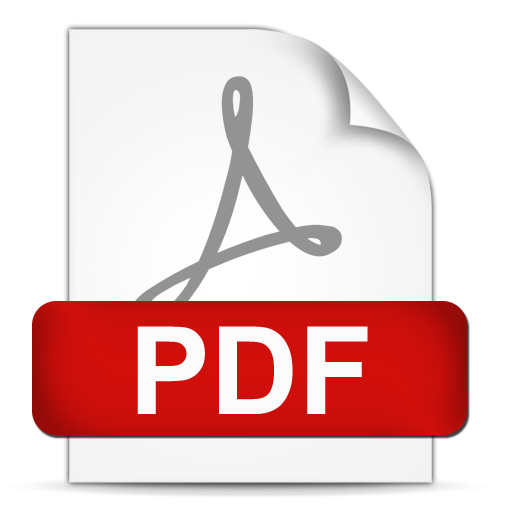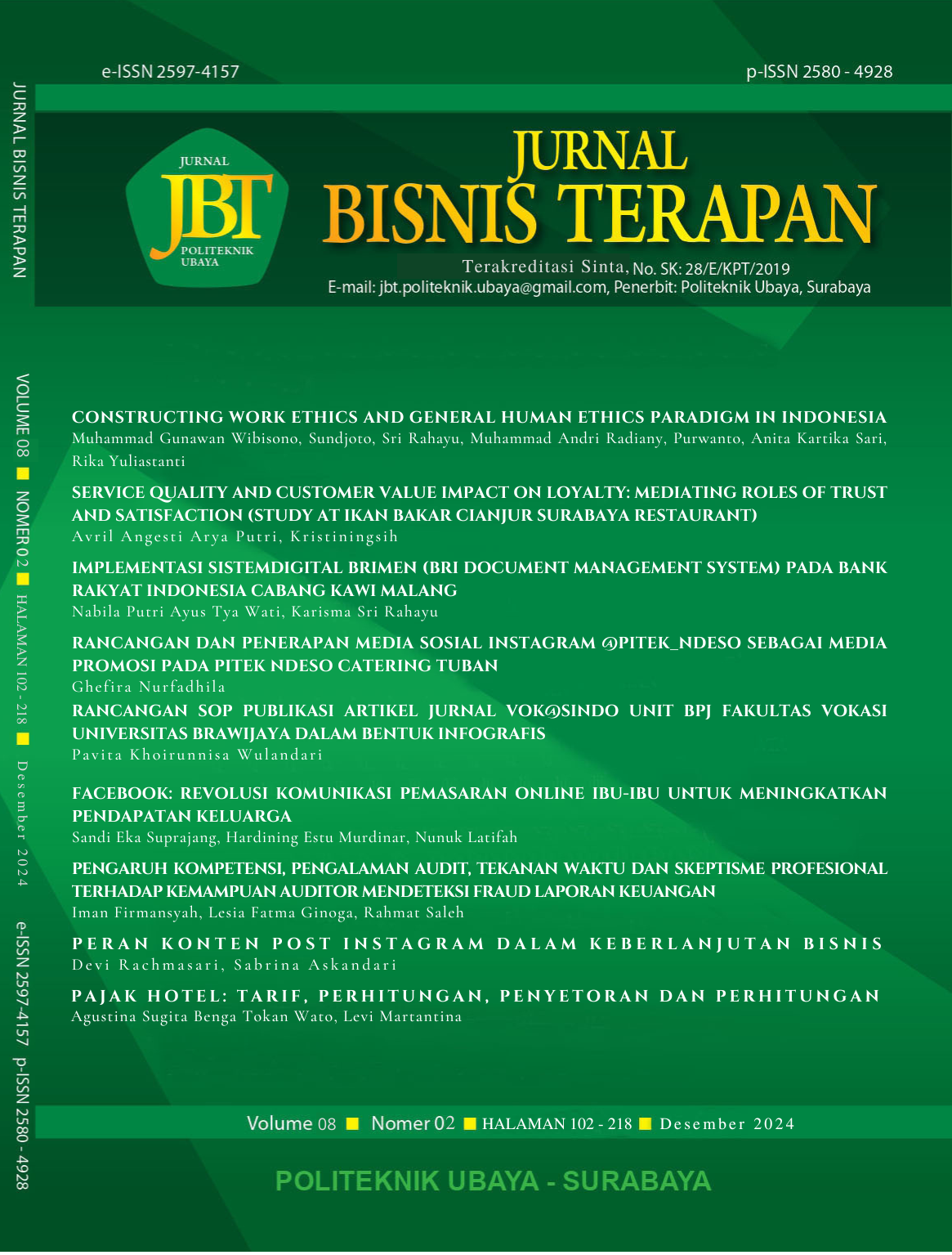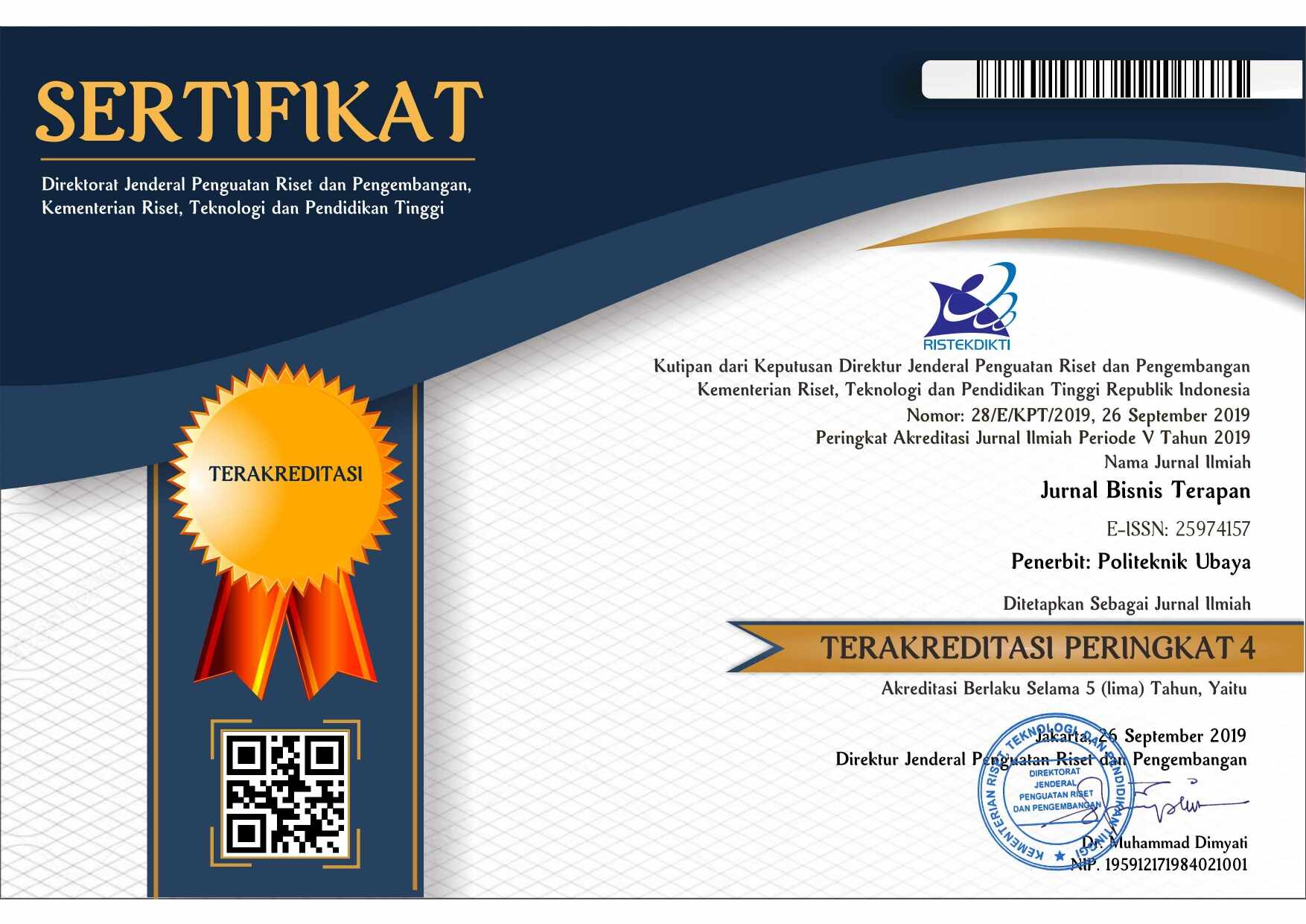PERAN KONTEN POST INSTAGRAM DALAM KEBERLANJUTAN BISNIS
 Abstract Views:
253 times
Abstract Views:
253 times
 PDF Downloads:
143 times
PDF Downloads:
143 times
Abstract
The pandemic hit the education sector, including courses. Many courses shifted to online marketing and online classes. A course that the writer conducted the study, from rarely engaged in online marketing, conducted Instagram Marketing to solved the problem due to the huge potential for growing the brand of the course. Instagram users engage with the content often, using its interactive capabilities to reach the largest possible audience was as potential customers for the course. The writer utilized qualitative method for the study. Indeed it helped the course gained customers and maintained business sustainability. Budding entrepreneurs leveraging profitable online business ideas often begin their product promotion on social platforms. Brands are a little hesitant at the beginning but sooner they also adopt different product promotion strategies to expand brand reach.Therefore, businesses of all kinds — whether a startup or an established brand — should elevate their Instagram marketing strategy for a powerful brand presence to attract and engage with potential customers.
Copyright © 2024 by Authors, Published by Jurnal Bisnis Terapan. This work is licensed under a Creative Commons. Attribution-ShareAlike 4.0 International License
Downloads
References
Aluri, A., Slevitch, L., & Larzelere, R. (2014). Efektivitas media sosial yang disematkan di situs web hotel dan pentingnya interaksi sosial dan pengembalian keterlibatan. Jurnal Internasional Manajemen Perhotelan Kontemporer, 27(4). doi:10.1108/IJCHM-09-2013-0415
Bilgin, Y. (2018). Pengaruh Aktivitas Social Media Marketing terhadap Brand Awareless, Brand Image dan Brand Loyalty. Dalam Studi Bisnis & Manajemen: Jurnal Internasional (Vol. 6, hlm. 128-148). doi:http://dx.doi.org/10.15295/bmij.v6i1.229
Casterle, BD, Gastmans, C., Bryon, E., & Denier, Y. (2012). QUAGOL: Panduan untuk analisis data kualitatif. Belgia.
Kamus, C. (2022). Kamus Cambridge. Diakses dari Kamus Cambridge: https://dictionary.cambridge.org/dictionary/english/trivia
Flick, U. (2013). Buku Pegangan Analisis Data Kualitatif SAGE.
Gotter, A. (2021). Memulai di IG: Panduan Pemula untuk Pemasaran Instagram. Diambil dari Shopify: shorturl.at/krY19
K. Hammarberg, MK (2015). Metode penelitian kualitatif: kapan menggunakannya dan bagaimana menilainya. Adelaide, Australia Selatan, Australia: Unit Penelitian Jean Hailes, Sekolah Kesehatan Masyarakat dan Kedokteran Pencegahan.
Khan, SN (2014). Metode Penelitian Kualitatif: Teori Dasar. Monash, Australia: Departemen Manajemen, Universitas Monash, Australia.
Kovač, A., Kovačević, D., Bota, J., & Brozović, M. (2019). Preferensi konsumen untuk elemen visual pada kemasan cokelat. Jurnal Teknik dan Desain Grafis, 10(1).
Marion, GB. (2014). Apakah Alat Media Sosial Memengaruhi Fase Pengembangan? Sebuah studi eksplorasi. Jurnal Manajemen Inovasi Produk.
OA Adegbuyi, FA (2015). Pengaruh Pemasaran Media Sosial pada Kinerja Bisnis Skala Kecil di Ota-Metropolis, Nigeria. Jurnal Internasional Ilmu Sosial dan Manajemen, 2(3), 275-283. doi: 10.3126/ijssm
Obar, J. ,. (2015). Definisi Media Sosial dan Tantangan Tata Kelola - Pengantar Edisi Khusus. Kebijakan telekomunikasi, 745-750.
R. Huang, ES (2014). Bagaimana Brand Awareness Berhubungan dengan Pasar. Fashion branding dan perilaku konsumen.
Vinerean, S. (2017). Pentingnya Pemasaran Media Sosial Strategis. Jurnal Ahli Pemasaran, 5(1), 28-35.
Zhang, L. (2018). Inovasi dan Praktek Kursus Copywriting dalam Periklanan. Kemajuan dalam Ilmu Sosial, Pendidikan dan Penelitian Humaniora.
Zhang, X., Zou, Y., Zhang, H., Zhou, J., Diao, S., Chen, J., . . . Wu, L. (2021). Copywriting Produk Otomatis untuk E-Commerce.


This work is licensed under a Creative Commons Attribution-NonCommercial-ShareAlike 4.0 International License.

Ciptaan disebarluaskan di bawah Lisensi Creative Commons Atribusi-NonKomersial-BerbagiSerupa 4.0 Internasional.
-
Articles published in Jurnal Bisnis Terapan are licensed under a Creative Commons Attribution-NonCommercial-ShareAlike 4.0 International (CC BY-NC-SA 4.0) license, which permits anyone to copy, transform, or redistribute articles for any lawful purpose in any medium, provided appropriate credit is given to the original author(s) and Jurnal Bisnis Terapan is recognized as its original publisher. A link to this license should also be provided. Any derivative work of an article published in Jurnal Bisnis Terapan must also be shared under the same (or compatible) license.
-
Both copyright and publishing rights on articles are retained by the respective author(s), without restrictions. Only a non-exclusive license is granted to Jurnal Bisnis Terapan to publish the article and identify itself as its original publisher.

 DOI:
DOI:






